dtac launched iPhone
Recently, Dtac officially kicked off its iPhone package with the aim to become number one iPhone seller in Thailand in next 12 months and aims to be the market leader in offering mobile Internet data market.
Thana Thienachariya, dtac’s Chief Commercial Officer said that dtac aims to sell at least 100,000 iPhone by this year with the better offers including price/ package, service, and channels, it believe that dtac will become the market leader in selling iphone and in providing mobile Internet data service.
“Currently, around 87,750 iPhone users are on dtac network. And only one day, on March 10, we have already get 3,000 orders for dtac’s iPhone,” said Thana.
iPhone price offered by dtac is Bt19,900 for iPhone 3G/8GB; Bt24,500 for iPhone 3GS/16 GB; and Bt28,500 for iPhone 3GS/32 GB. If users buy iPhone with package they will better price included Bt18,900 for iPhone 3G/8GB; Bt22,900 for iPhone 3GS/16 GB; and Bt26,400 for iPhone 3GS/32 GB.
Dtac offers iPhone with three different packages ranked from S, M, and L. S-package is Bt449 per month that users get 225 minutes of voice call, 200 SMS, 30 MMS, and 100 megabyte of data usage. Users will get free more 3 months after using 9 months. M-package is Bt580 per month offers users 250 minutes of voice call, 300 SMS, 50 MMS, and unlimited data usage. L-package is Bt690 per month offering users 350 minutes of voice call, 400 SMS, 75 MMS, and unlimited data usage. Both M and L packages, users will get free more 6 months after using 18 months.
“We also offer Bt650 for unlimited data usage for overall smart phone users as well,” said Thana.
For service, Thana said dtac prepare 150 iPhone Buddies that are dedicated staff trained to provide assistant for dtac’s iPhone users. It has dtac iPhone Buddies in every channel of 106 channels nationwide including 49 dtac centers, 31 iStudio shops, 5 TG Phone shops, 5 JayMart shops, and 16 direct-sale of iPhone Buddies.
“Due to the majority of iPhone targeted users are people who aspired to have and willing to learn to use applications on iPhone, these groups need assistants to help them in the basic use. dtac’s iPhone Buddy will help them be impress on our services,” said Thana.
The company prepared Bt100 million for marketing budgets dedicatedly for iPhone as well as with the Bt6 billion of network capacity expansion this year. Currently, dtac has 10,000 based-stations nationwide and all of them have EGDE capability.
More use of iPhone will force the company to increase its EDGE network capacity, so the company plans to expand its network from now at 2 Gigabit per second to be at least 3 Gbps by the end of this year.
“It depends on demand in data usages, if we found that the demand rapidly increased we can expand our network to 3.5 Gbps easily. We prepare our network capacity at 15 percent and have around 4 months in lead-time for network improvement. So, we confident that our data network will not be congressed,” said Thana.
Currently, dtac has 27 per cent of mobile data market. It aims to become market share leader with at least 30 per cent by this year.
View :3415
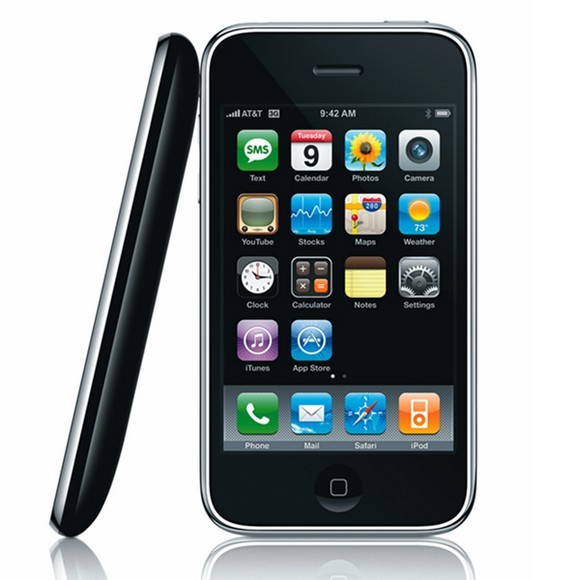

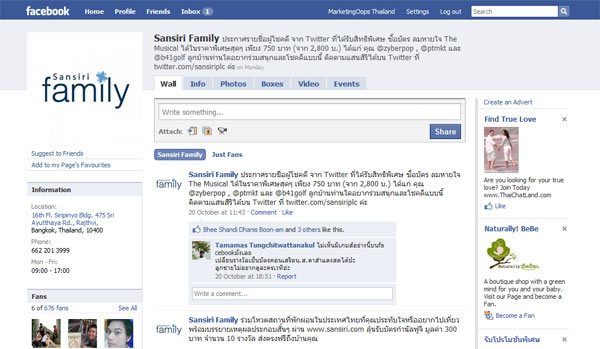


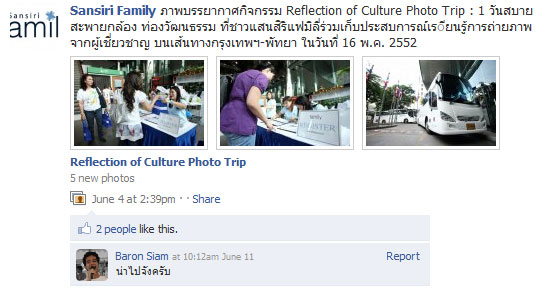

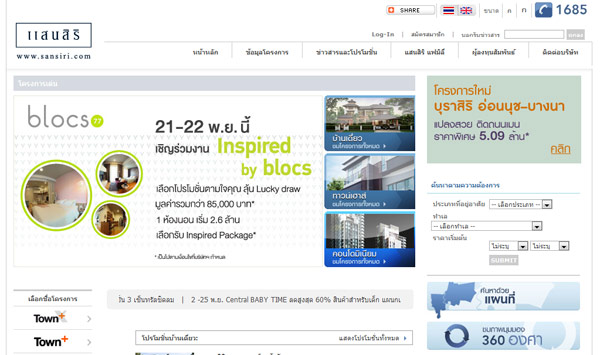
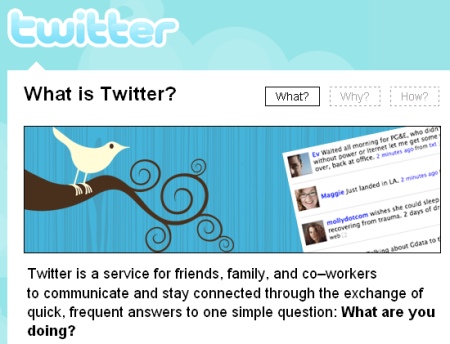
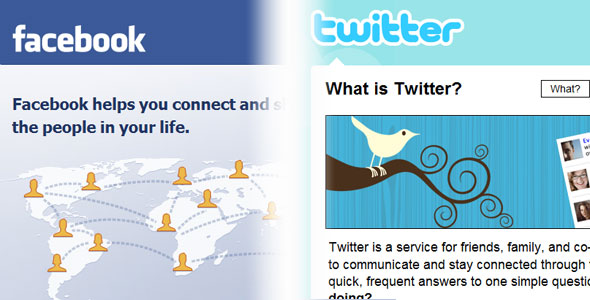


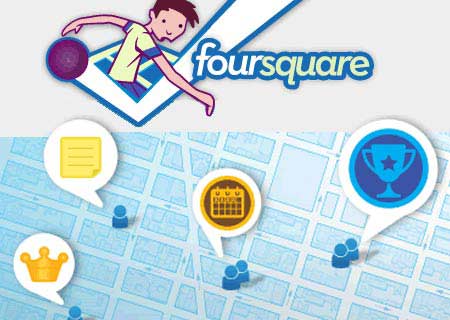


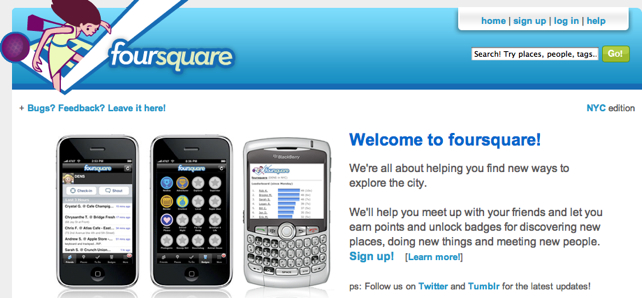





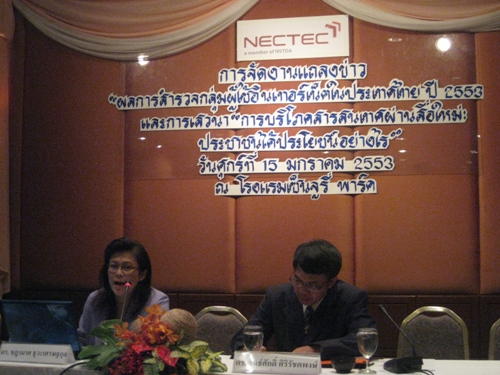
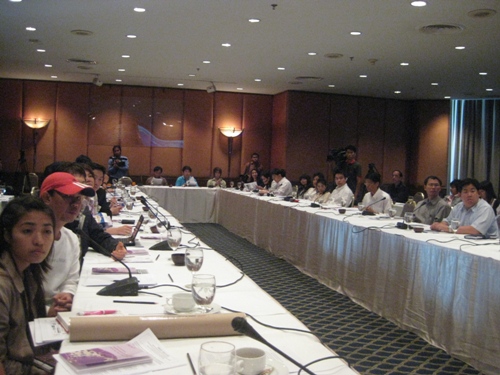
Recent Comments